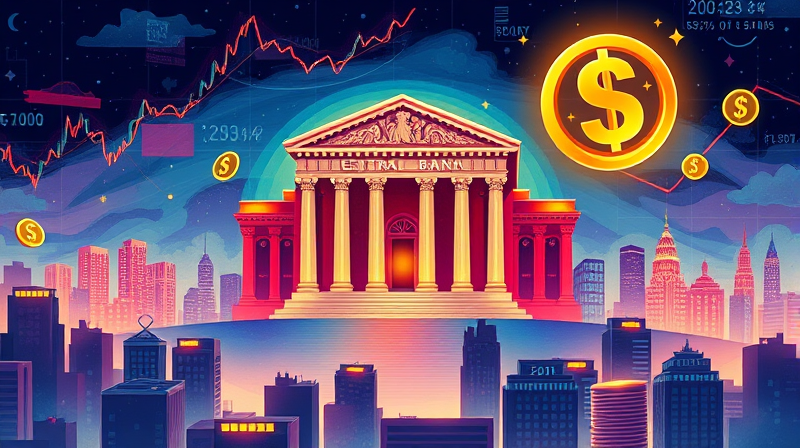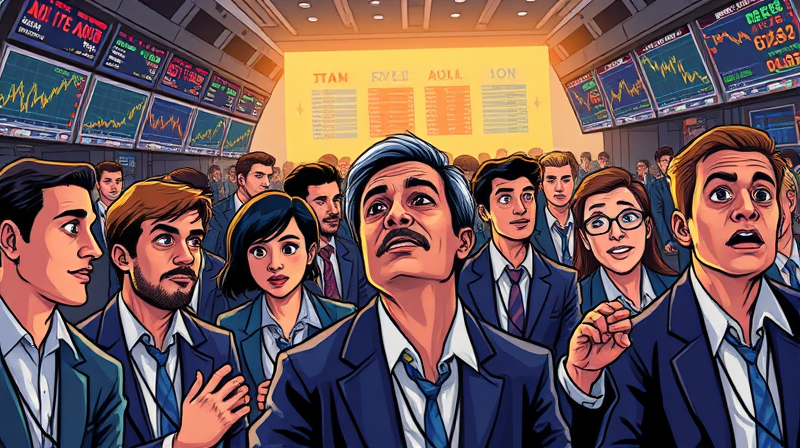
Central bank interest rate decisions are at the heart of global finance. When policymakers adjust rates, the effects ripple across economies, shaping borrowing costs, asset prices, and investor sentiment.
Monetary policy works through a well-established transmission mechanism. By setting short-term benchmark rates, central banks influence a broader set of borrowing costs for households and businesses.
When the Federal Reserve, European Central Bank, or other major institutions change their policy rates, they directly affect rates on overnight loans, Treasury bills, and commercial paper. These changes then cascade into longer-term yields on mortgages, corporate bonds, and consumer loans.
In fulfilling its mandate, the Fed balances dual mandate of maximum employment with price stability. Other central banks target inflation near their 2% goal, while also monitoring growth indicators and labor market trends.
Since early 2025, rate decisions have diverged markedly across regions, reflecting local economic conditions and inflation pressures.
The European Central Bank lowered its key rate to 2.75% in June, after a March cut to combat stagnating growth and align with its 2% inflation target. Meanwhile, the Bank of Japan bucked global trends by hiking to 0.50%, signaling a rare tightening cycle.
These varied approaches illustrate policy divergence drives cross-border flows, as investors chase relative returns and central bank balance sheets adapt to new yield curves.
Rate decisions immediately influence market pricing. Traders and portfolio managers adjust positions based on updated interest rate paths and guidance.
Beyond financial markets, rate adjustments carry significant implications for consumer and business sentiment. Lower borrowing costs encourage investment in plant, equipment, and real estate, while higher rates can cool overheated sectors.
For households, mortgage rates and auto loans adjust quickly, influencing spending patterns. Companies face varying financing expenses, affecting hiring decisions and capital expenditures.
Monetary policy also interacts with fiscal and trade policies. Ongoing U.S. tariff discussions in 2025 add complexity, introducing potential supply shocks and altering inflation forecasts.
However, central banks face limits of rate policy at lows. When near zero or in negative territory, additional cuts lose potency as banks and savers shift toward cash or alternative assets.
Forward guidance has emerged as a critical tool. By communicating expected policy paths, central banks shape market expectations before any rate change occurs.
For instance, Fed futures markets in June 2025 priced in expectations of two rate cuts later in the year, based on public statements indicating growing confidence in cooling inflation.
Similarly, the ECB’s forward guidance emphasizes flexibility, noting inflation is projected at 2.0% in 2025, dipping to 1.6% in 2026, and returning to target by 2027.
Investors and policymakers alike must prepare for multiple scenarios. An unexpected inflation spike could force further tightening, while a sharper growth slowdown might prompt deeper easing or renewed asset purchases.
To navigate these possibilities, market participants should incorporate central bank signals into portfolio risk management, stress test under diverse rate trajectories, and maintain flexibility to adjust positioning swiftly.
Regardless of the path, one constant remains: interest rate decisions are a primary engine of financial market dynamics and economic outcomes. Staying informed, analyzing central bank communications, and understanding transmission channels will empower investors and businesses to respond effectively to the ever-evolving monetary policy landscape.
References













